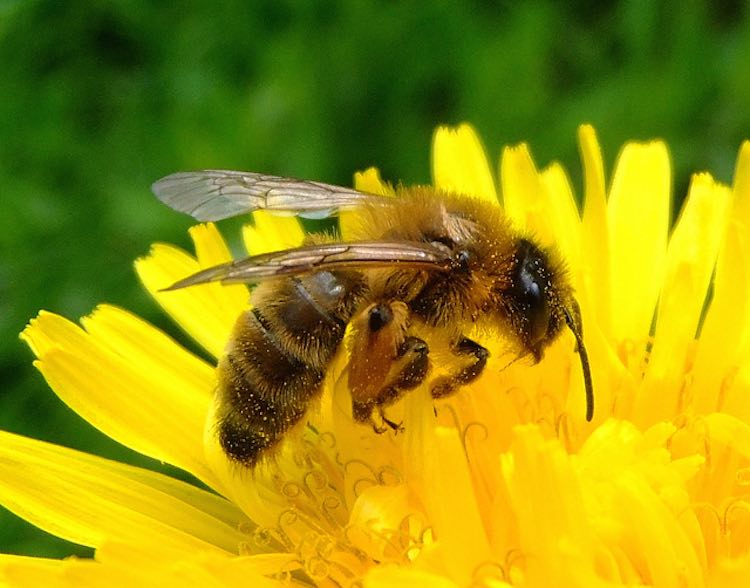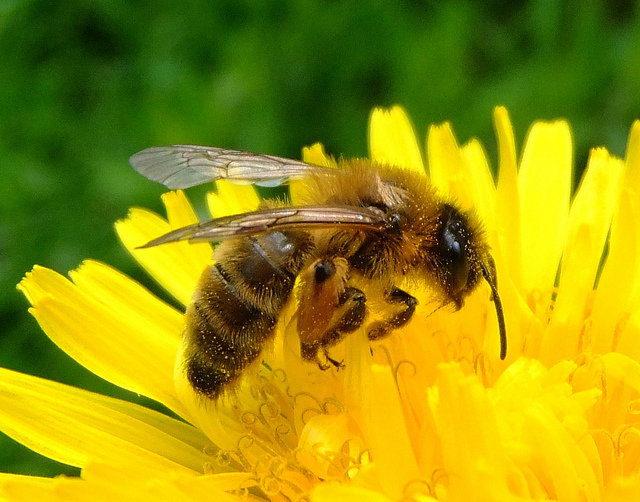The number of bee colonies is rebounding across America, nine years after a mysterious hive crisis caused beekeepers to warn of a “Beemageddon”.
The U.S. Department of Agriculture reports the number of bee colonies has increased from a low of 2.4 million in 2006 to 2.7 million last year– the most since 1994.
The department had been tracking declines in bee populations since the 1980s and by 2006 the crippling phenomenon was dubbed “colony collapse disorder.” No one was sure what was causing it, but beekeepers warned that losing 30% of hives each year would eventually wipe out bee populations across the country.
40% Less Mercury in Fish Shows Success of US Coal Industry Caps
With their livelihoods on the line, beekeepers reacted quickly to the concerns and began trying new management techniques such as splitting healthy hives in two, which allowed more of their hives to avoid large losses in the winter. They also bought new bees to replace the ones they lost.
The situation was so alarming that the government put together a national strategy to protect bees and other pollinators earlier this year after spending $3 million on bee health, instituting pesticide warnings, and setting aside land to help bees and other wild pollinators survive. But it may be beekeeper improvements that have done the most to ensure the future honey bee populations.
After Year of Rehab, Sea Turtle Returns to Ocean Under a Rainbow (WATCH)
The price of honey has gone up, along with fees charged to pollinate the crops of fruit, vegetable and nut growers, but after years of bad news swarming around bees, these economic investments seem to be paying off.
(READ more at the Washington Post) — Photo: orangeaurochs, CC
Share The Buzz, Send This Story To Your Friends And Followers…





















